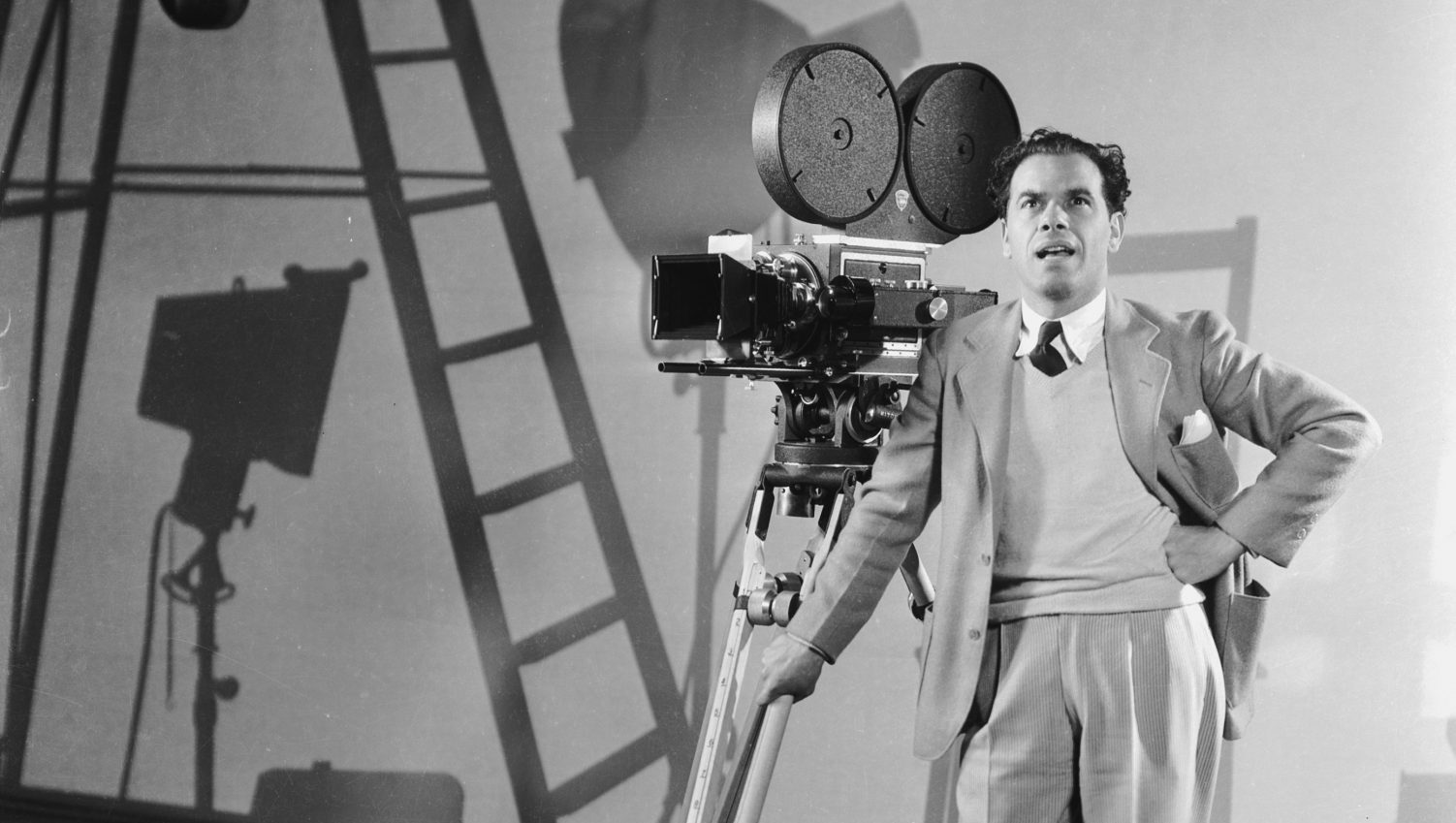As the US and the world are about to endure what could be considered the most crucial presidential election in our lifetime, vintage cinema gives us Frank Capra, that weaver of the notion known as the American Dream.
That vision, of an America that comes out all right in the end, was largely captured by him because he believed in it. Understood it. Knew how to make a movie out of it. He was the son of Italian immigrants who had their own dream.
He knew, too, that a good portion of the nation needed that American Dream to be constantly bolstered. And always has.
So what is that dream that Capra made successful picture after picture about? It’s all about the “little guy”; the “ordinary Joe” winning the day.
Karl Marx coined the phrase “the opium of the people” in 1843 but he might as well have been talking about the films Capra made in the 1930s and 40s. Known affectionately in the film business as “Capracorn”, their formula was tried and true by the end of the Depression.
Columbia was the perfect studio for him because, unlike Warner Brothers which specialised in hard-hitting “torn out of the newspapers” films until they discovered Errol Flynn; Metro Goldwyn Mayer with its glamour, and 20th Century Fox which sometimes straddled both schools; Columbia went for just plain old “you and me”.
A Frank Capra picture always embodied what Abraham Lincoln appealed to in US citizens: “The better angels of our nature”.
The most Capracorn film, maybe of all, is It’s a Wonderful Life (1946), and the up-frontness of the title says everything. The plot is well-known and the ending of the story, too. But I love the very last shot when James Stewart, known for his control, has a candid moment when he spontaneously laughs at the little girl who is playing his daughter.
You can tell, because his face breaks into an amazing smile. And it is real.
This picture was left in the dust at the Oscars of its nomination year along with a few others that have since become classics, because of the juggernaut that was William Wyler’s The Best Years of Our Lives.
Capra’s last picture was released in 1961 and was a remake of a film that he had made in the 1930s called Lady for a Day. The 1961 version is titled Pocketful of Miracles and starred Bette Davis, who allegedly told him that she would take the part because she needed the money.
She plays what used to be called, and maybe sometimes still is, a “bag lady”. Her name is Apple Annie and she is made out to be a grand lady by her gangster and street friends in order to impress her daughter, who has been away at school.
But perhaps the Capra film that should be watched now, not only for its own sake but as a key to what is driving many Americans, on all sides of the political spectrum, is Mr Smith Goes to Washington. Released in 1939, its premiere was in mid-October of that year, and in the Washington D.C of Franklin D Roosevelt, who had rolled back much of what he had promised and delivered during the Depression, it is a film about American disillusionment.
On the surface, it looks like the opposite. Wikipedia describes the plot like this: “In the late 1930s, the governor of an unnamed western state, Hubert ‘Happy’ Hopper, appoints Jefferson Smith to replace deceased senator Sam Foley.”
Stewart is Smith and he discovers that Washington cannot be trusted. He fights the establishment, both in his home state and in DC, and you come away believing that maybe it is all true.
For many in the US, that message still echoes now. Capra’s dream has become the essence of MAGA. And Capracorn the source of its power.




